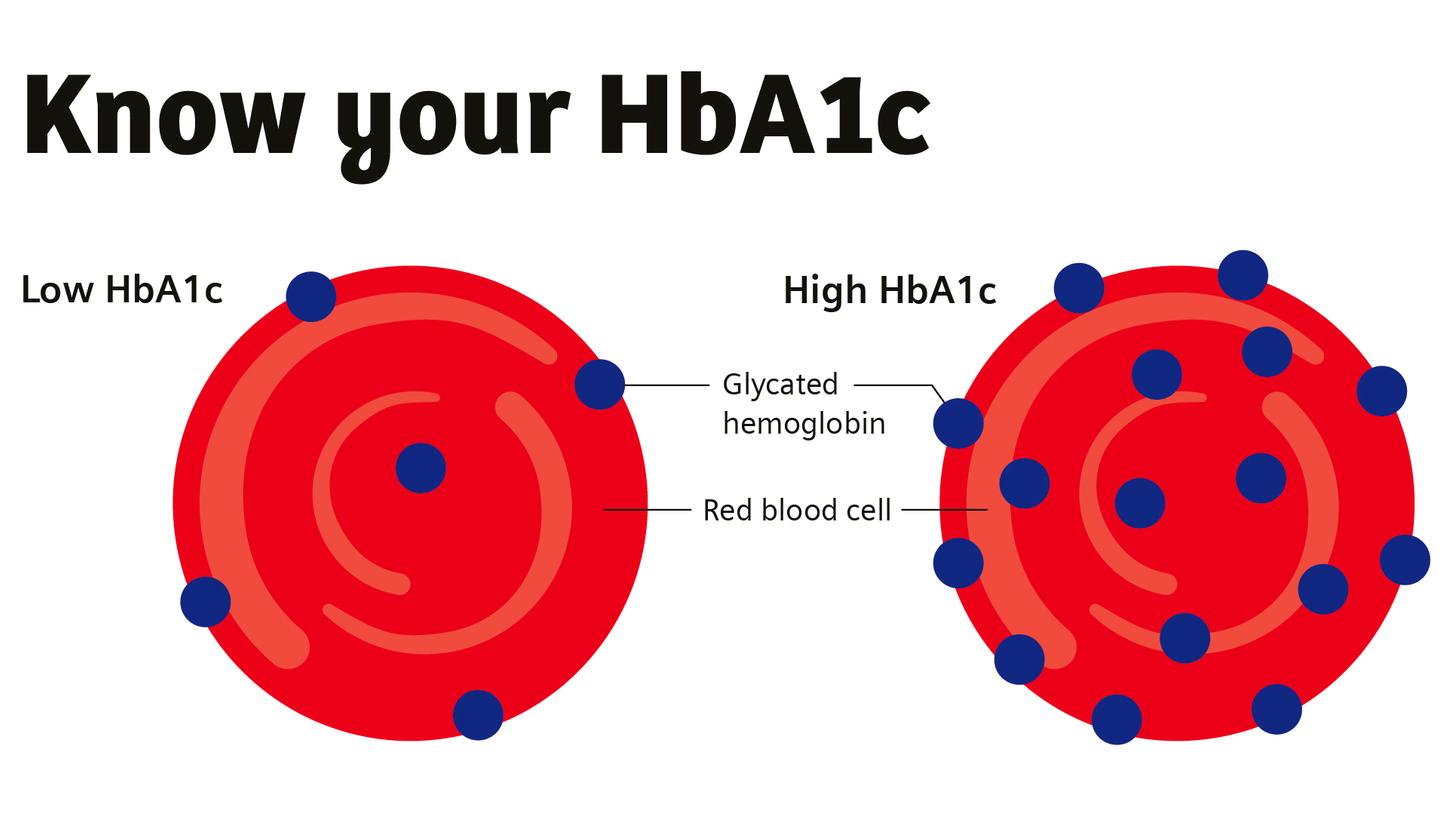- Home
- Point-of-Care Testing
- Featured Topics in POC Testing
- Diabetes: Featured Topics
- The global impact of diabetes
The global impact of diabetes
Maps, facts, and figures about one of the largest global health issues of the 21st century
Diabetes is a chronic health condition that affects how your body turns food into energy.1 Blood sugar is a main source of energy and comes from the food you eat. Insulin, a hormone created by the pancreas, helps the blood sugar into the cells to be used for energy. Those who have diabetes don’t make enough (or any) insulin or do not use insulin efficiently.2
Hundreds of millions of people around the world have diabetes, and the numbers are expected to increase over the next few decades. The costs associated with managing diabetes are substantial, and treating the condition effectively can have major implications for population health management.
Maps
Diabetes in maps: global prevalence and economic impact
Worldwide, a variety of socioeconomic, demographic, environmental, and genetic factors are driving an increase in the prevalence of diabetes, yet it often remains undetected by those impacted by it.

Mean diabetes-related healthcare expenditures per person with diabetes (20-79 years) (International dollars), 2021
What is the global economic impact of diabetes?
Australia, Austria, Belgium, France, Germany, Iceland, the Nordics, Switzerland, the United Kingdom, and the United States have the highest spending per capita on diabetes-related healthcare expenditures.

Global diabetes population and growth projection
How prevalent is diabetes worldwide?
Egypt, Jordan, Malaysia, Mexico, Pakistan, Papua New Guinea, Saudi Arabia, Sudan, Suriname, Syria, Tanzania, and Turkey have some of the highest rates of diabetes in their populations.

Mean diabetes-related healthcare expenditures per person with diabetes (20-79 years) (International dollars), 2021
What is the global economic impact of diabetes?
Australia, Austria, Belgium, France, Germany, Iceland, the Nordics, Switzerland, the United Kingdom, and the United States have the highest spending per capita on diabetes-related healthcare expenditures.

Global diabetes population and growth projection
How prevalent is diabetes worldwide?
Egypt, Jordan, Malaysia, Mexico, Pakistan, Papua New Guinea, Saudi Arabia, Sudan, Suriname, Syria, Tanzania, and Turkey have some of the highest rates of diabetes in their populations.

Mean diabetes-related healthcare expenditures per person with diabetes (20-79 years) (International dollars), 2021
What is the global economic impact of diabetes?
Australia, Austria, Belgium, France, Germany, Iceland, the Nordics, Switzerland, the United Kingdom, and the United States have the highest spending per capita on diabetes-related healthcare expenditures.


How many people around the world have diabetes?
In 2021, nearly half of the 537 million adults with diabetes globally didn’t know they had it. As global cases are expected to rise to 783 million by 2045, awareness of diabetes symptoms and management is essential.
1980
2021
50.1% didn't know they had diabetes
2030
2045
Source: The International Diabetes Federation (IDF) Diabetes Atlas 2021
Comorbidities
What is the impact of comorbidities on people with diabetes?
Poorly managed diabetes can lead to serious complications and early death. Comorbidities include:

- Eye disease
- Cardiovascular disease
- Nerve damage
- Kidney diseases
- Lower limb and foot troubles
Studies have shown that even a 1% increase in a patient’s HbA1c level can indicate increased risk of complications. Conversely, the National Diabetes Education Program reports that reducing your HbA1c by only 1% may reduce diabetes related death by 21%, reduce heart attack by 14%, and reduce complications with eyes, kidneys, or nerves by 37%.
80% of people with diabetes have at least one comorbidity.
Meanwhile, 43% of people with diabetes need to manage 3 or more comorbidities.
Diabetes-related spending
The total diabetes-related health expenditure will reach one trillion USD by 2030
2021
2030
Source: The International Diabetes Federation (IDF) Diabetes Atlas 2021
Learn more about diabetes management
What is HbA1c?
Hemoglobin (Hb) is a protein found inside red blood cells that carries oxygen from the lungs to the rest of the body and carries carbon dioxide from all organs to the lungs. Glucose in the blood can bond with hemoglobin to form glycated hemoglobin, or HbA1c. If there is excess glucose in the blood, the level of HbA1c will be higher than normal.
By measuring HbA1c, doctors can gauge your average blood sugar levels from the last 2-3 months and thereby provide a more tailored treatment plan. HbA1c measurement can also show whether treatment plans and lifestyle choices have been effective.3
The ADA recommends a glycemic target of <7% HbA1c for non-pregnant adults.

High HbA1c levels are characterized by higher amounts of glycated hemoglobin in red blood cells.
1. https://www.cdc.gov/diabetes/basics/diabetes.html
2. https://www.niddk.nih.gov/health-information/diabetes/overview/what-is-diabetes
3. https://www.diabetes.org/living-with-diabetes/treatment-and-care/blood-glucose-control/a1c/
